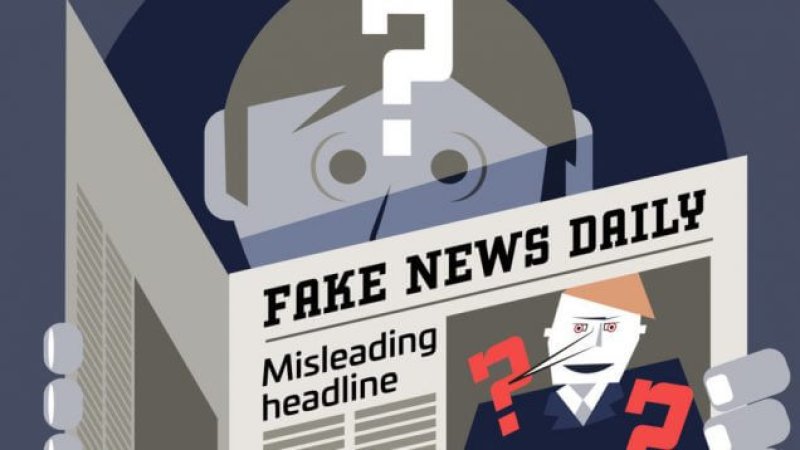There’s nothing new about conspiracy theories, disinformation, and untruths in politics. What is new is how quickly malicious actors can spread disinformation when the world is tightly connected across social networks and internet news sites.
…
[We need to] build new tools to help people identify disinformation as soon as it crosses their screens.
Preslav Nakov is a computer scientist at the Qatar Computing Research Institute in Doha specializing in speech and language processing. He leads a project using machine learning to assess the reliability of media sources. That allows his team to gather news articles alongside signals about their trustworthiness and political biases, all in a Google News-like format.
“You cannot possibly fact-check every single claim in the world,” Nakov explains. Instead, focus on the source. “I like to say that you can fact-check the fake news before it was even written.” His team’s tool, called the Tanbih News Aggregator, is available in Arabic and English and gathers articles in areas such as business, politics, sports, science and technology, and covid-19.
“So, imagine that you are reading some article that is skeptical about global warming. If we tell you, look, this news outlet has always been very biased in the same way, then you’ll probably take it with a grain of salt,” [said Nakov.]































